I don’t usually go for tower defence games. It’s a genre that I just find hard to connect with more often than not for a number of reasons. But when I got a look at Interplanetary by Team Jolly Roger, I was intrigued. For one thing, Interplanetary is not a tower defence game. It’s a planet defence game which automatically makes it worlds more interesting.
This is a game where you play against up to 3 other players in local, LAN, or online multiplayer matches in order to see who can destroy everyone else’s civilization first. But it’s not about building armies and space ships in order to invade other planets. In this game you build up your own planet’s civilization and long range (interplanetary) weapons and try to destroy cities from millions of miles away. Though not easy to pick up and play, it’s actually very enjoyable once you learn the ropes.
It’s currently in pre-beta and available for Early Access on Steam. I think it’s pretty good and hopefully after reading this you will too.

GRAPHICS 
I gotta say that I really like the graphics in Interplanetary. Space games are hard because they often require a lot of subtle details and defence games are hard because they take into account so many different things that need to be shown on screen, but Team Jolly Roger handled it just right.
To call the game simple looking would be wrong. Corners were not cut in the visual design. Whether looking at the solar system from afar or at individual planets, Interplanetary is not only beautiful, but very detailed. The graphics are mostly all stationary, as in the main star’s flames aren’t moving and the planets aren’t spinning constantly. But the “sun” isn’t just an orange ball and the background isn’t just black with spots in it to signify outer space. Planets have continents complete with different types of terrain such as ice, desert, and plains. Water and clouds move around the planets as you view them close up. And sunlight plays a part too. Planets go through day and night phases based on their rotation, which actually affects the gameplay. I’m not going to say it looks real, but it certainly looks good.
The interactive elements are simple, but nice. I really like the text used for notifications and descriptions. It’s a simple white text that is readable, but doesn’t pull the focus of your eye. The tiny symbols used to represent notifications, views, and buildings are simple but easily discerned. Buildings could have been much more detailed and realistic, but for the gameplay I think the symbols with information and area scans are a lot more effective than actually showing buildings on the map. That’s always the issue with tower defence games. The more detailed things look, the harder it is to convey useful information. But the more information you convey at a glance, the less detailed things will end up being.
Personally I prefer the information because it’s much more useful to the player than showing little buildings that may end up disappearing for one reason or another anyway. And it’s nice that while the planets are orbs and can be rotated for view, the building information remains constantly facing the screen so the player can see all necessary information for all buildings in sight at all times.
I was also really happy with the Simulation/Action mode. The game plays in turns allowing each player to make decisions without being affected by others. Once everyone has taken their turn the game simulates what actually happens. The planets move forward in their rotation around the star and shots are fired if attacks were launched. You can see the simulation from multiple views and rotate the view if you want. You can even watch the simulation focused on a specific planet and see attacks if they hit or fly close to the planet being viewed.
The one thing I didn’t like about the simulation mode was that you can’t change views during the simulation. This means that if you enter sim mode focused on a specific planet you can’t change your view to another planet or the overview until the simulation is complete. Other than that it worked very well, but did have a bit of lag in actually starting up. Once the simulations began, I noticed no issues with how they played.
All in all, the graphics are a subtle combination of intricate and simple. You are shown beautiful natural environments from a faraway view, while seeing large amounts of information that is easy to recognize and understand. Team Jolly Roger chose the perfect mixture of styles in order to create an ultimately great looking game.
GAMEPLAY 
Tower defence style games usually take a lot of commitment because you’re required to learn about and ultimately keep track of a number of different factors that work in tandem to either bring you victory or utter defeat. They require planning, prediction, guessing, and versatility. Interplanetary appears to be no different when you first start out. The tutorial consists of a number of pages of text that you may find useless at first because they’re hard to understand out of the context of actually playing. Pro-Tip: The sections have multiple pages which you need to scroll through and read or they will make even less sense. Didn’t notice that the first time I read it.
But what is really nice about Interplanetary is that it’s actually not as complicated as it seems. It is a tower defence type game and does require the same thought processes needed to play similar games like Age of Empires except for the fact that it’s turn-based instead of real time. It’s worlds easier to figure out and ultimately excel at. I won’t go as far as saying that I’ve mastered it yet in the few matches I’ve played, but I’ve definitely gotten the hang of it and can play against other opponents confidently.
The game assigns each player a planet with an even number of cities and resources. The objective of the game is to destroy all of the other players’ civilizations (cities). You are not required to destroy all their buildings to win.
You automatically mine a minimum number of resources every turn but you can increase the rate of mining by building mines and advancing technology. Resources are used to build and repair structures which consist of power plants, weapons, shields, mines, and intelligence arrays. You can build things and advance technologies in any order you want, but your ultimate goal is to destroy everyone else’s cities before yours are destroyed.
Cities are the only buildings which cannot be repaired and they are automatically placed at the beginning of each match. You are not required to build near cities. You can build wherever you want as long as it’s on land. All buildings require power to operate. Power comes from building power plants and connecting buildings to them. The process is actually very simple, but requires 1 turn before it goes into effect. If you build a weapon you won’t be able to fire it until your next turn.
The game is very good about filling you in with what’s going on. The notification system, which admittedly does have some lag when your turn starts, is very helpful. It tells you if things were damaged, what things currently aren’t powered, when your research is complete, and if you hit anything with attacks in the previous turn. One thing I really liked about the notifications is that they were both colour-coded and interactive. You can remove them when you’re done with them if you want to and clicking them takes you to the object in question. For example: if one of your buildings is hit and you click the notification it takes you directly to the damaged building so you can repair it. There’s also a notification log which spans all turns.
Games are very long, especially when you’re first starting out. It took me 6 turns in my first game to feel comfortable with the gameplay and 8 turns to land my first attack, playing as both players in the match. My first game took me more than 3 hours and more than 35 turns. The base acquisition of resources allows 490 turns before you run out and you can sell buildings to regain resources at a 25% loss.
Currently games cannot be saved so a match is a long and continuous time commitment, but the developers are planning on adding a save game feature. The game is very much like chess and as such will hopefully play like most digital chess apps where you can have multiple matches running at the same time and can make a single move and then play your next turn once you’re ready with notifications telling you when it’s your turn to move.

A (Remaining unmined planetary resources), B (Current available resources), C (Current energy), D (Current research), E (Current player)
The most interesting part of the game is attacking. There are 5 different types of weapons, some of which actually make sense, but all of which are cool. The default weapon which you have at the start of the game is the rail gun. Through research you can unlock missiles, lasers, solar lasers, and asteroid diversions. Asteroid diversions (pummelling a planet with asteroids from space) and lasers are extremely (almost 100%) accurate, but that’s not the interesting part. Missiles and rail guns use gravity and must be aimed by setting an attack trajectory. But you have to take into account the gravitational pull of other planets and the sun. Even if your aim seems on you can still miss depending on how gravity affects your attack.
Even cooler is the fact that you can hit with attacks that weren’t aimed dead on through the same principle. To truly master the gameplay you not only have to understand the aiming, which is affected by where your planet is located in its proximity to the target planet as well as where your weapons are built on your planet, but also the gravitational pulls of in-game masses, namely planets, moons, and stars.
All in all, I really like the gameplay. It definitely requires a number of turns before you really get it, but once you have it down it’s very enjoyable. Chess players will definitely enjoy it, but if you want something fast and instantly gratifying, this is most certainly not the game for you.
[youtube link=”https://www.youtube.com/watch?v=NJ63vt9RQRY” width=”590″ height=”315″]
SOUND 
The sound quality in Interplanetary is very solid. The default settings put everything at 50/100 with separate settings for “Master Volume,” “Music,” “Sound Effects,” and “Ambient” sounds. The default setting is fine, but a bit underwhelming for a space battle. Though at 100 everything sounds great. It’s still not too powerful that it will make you uncomfortable, but it’s strong enough for the epic experience that an interplanetary war should have.
The sound effects and ambient noise are not a huge part of this game. They are there and were chosen appropriately, but they aren’t used as a key part of the game. They’re mostly subtle clicks and beeps as well as tiny explosions when attacks land. I would describe them as small but satisfying.
The real sound in this game comes from the music. It’s a continuously changing set of songs that could not have been chosen better. They have a part military, part outer space feel. Imagine something from StarFox or maybe even Mass Effect. There are moments of drama at certain points in the game, but ultimately the music is very easy to listen to. You could play it in the background while doing something else and it wouldn’t annoy you. It’s perfect for a game like this where one match could literally take hours to complete.
WRITING 
Interplanetary has no plot or interconnected story. All you know is there are other planets in your solar system and for some reason you just can’t get along. So for no explanation, one of you shot first and now there’s an all-out war between belligerent planets within the system.
The basic writing for notification, clues, skills, and buildings is very concise and easy to understand not to mention extremely helpful. However, the intelligence system is very vague and partially difficult to decipher as far as stats. The tutorial explains how intelligence works, but I wish it was a lot more detailed in what’s available to you and how it works.
Without a doubt the biggest issue with the writing in this game is the tutorial. It’s very long and difficult to understand. A large part of this issue comes from the fact that the tutorial is entirely text with no example videos or interactive walkthroughs. There are pictures included, which are very helpful though. It’s written more like a tech manual instead of a tutorial on how to play. It’s not that it doesn’t have all the information you need. Quite the contrary actually. The real issue is that it’s a lot of information in text form thrown at you without being able to see it in action.
I think the real issue with this, like all defence games, is that it’s a large commitment that takes a significant amount of time to learn and master and it’s written as such. The writing needs to be done in a way that is obvious to noobs. It shouldn’t be assumed that players have any background knowledge in tower defence games nor that a person is already sold on committing to the game just because they’re reading the tutorial. For a game like this, hand holding is extremely necessary in teaching players how to play initially.
The nice thing though is that you actually can figure it out without thoroughly reading the tutorial and once you get the gist, you can play at an acceptable level without feeling like you’re behind.
REPLAY VALUE 
Interplanetary is all about replay value. I look at it more like buying a chess board than a video game. It’s not about the single-player experience, even though you can definitely play matches against yourself in order to learn and improve. The purpose of the game is to play against others an unlimited number of times. So the question is not really does it have replay value, because that’s basically all it has.
The real question is will this game be something I find interesting enough to want to keep playing? I say yes. At first it’s slow and hard to get into, but once you understand it you’ll definitely want to play more. For a price tag of $10 you’ll definitely get your money’s worth. In no more than 4 matches you’ll exceeded 10 hours of play.
But what’s cool is the community interactions that Team Jolly Roger is hoping to build. The game allows for online play with both friends and random players which will allow players to have matches whether their friends buy the game or not. And there’s a chat function for online play so you can actually make friends as opposed to just beating random noobs without being able to actually talk trash.
And just to sweeten the deal, the game is being sold at a discount if you buy in bulk. While 1 copy of the game costs $9.99, you can get 4 copies for just $29.99. Essentially that means you can get a full match’s worth of players a copy of the game for $10 less than buying it all separately. Or you can all play it together on the same computer with just 1 copy of the game. If you’re looking for a game that you can play over and over again without getting the exact same outcome/experience then this is definitely a game worth considering.
CONCLUSION 
Currently Interplanetary is in pre-beta, but it’s very far along. I’m very impressed with where it’s currently at and I’m confident that it will get even better. It’s currently available as an Early Access game on Steam because Team Jolly Roger wants to include gamers in the development process, which is almost always a good thing. I really enjoyed playing it and I can happily endorse it. Anyone who likes tower defence and long term strategy games should definitely give this a whirl.

For more information about Interplanetary and Team Jolly Roger you can visit their websites or Steam and IndieDB. There is also a currently accessible wiki page.


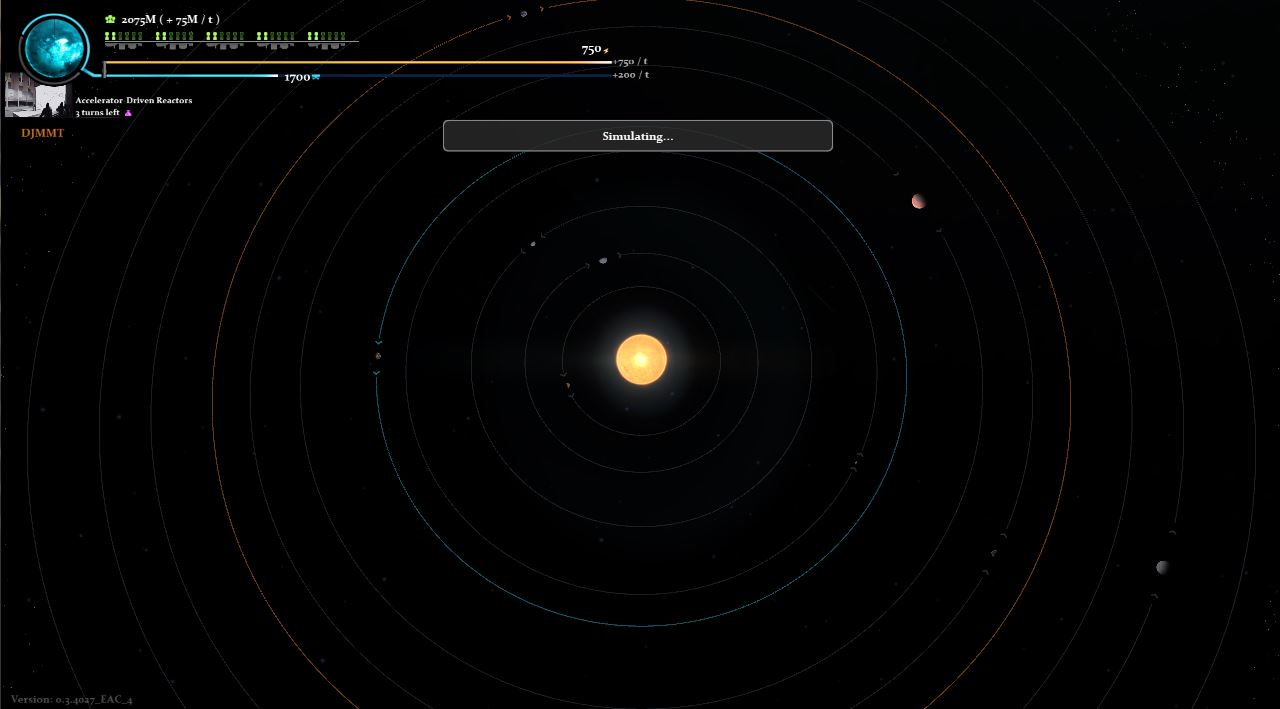
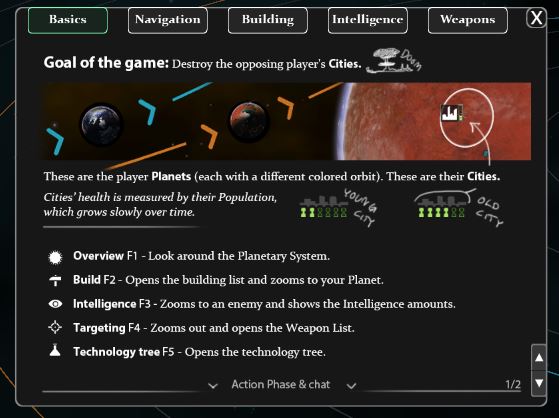
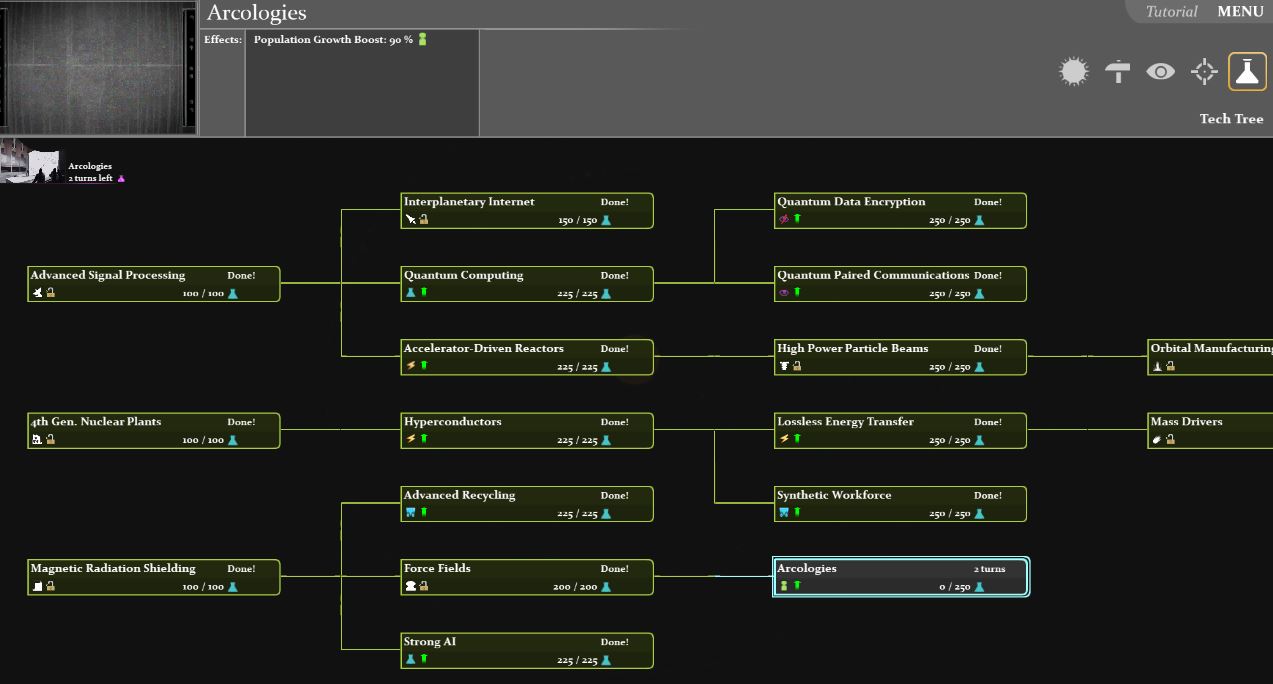

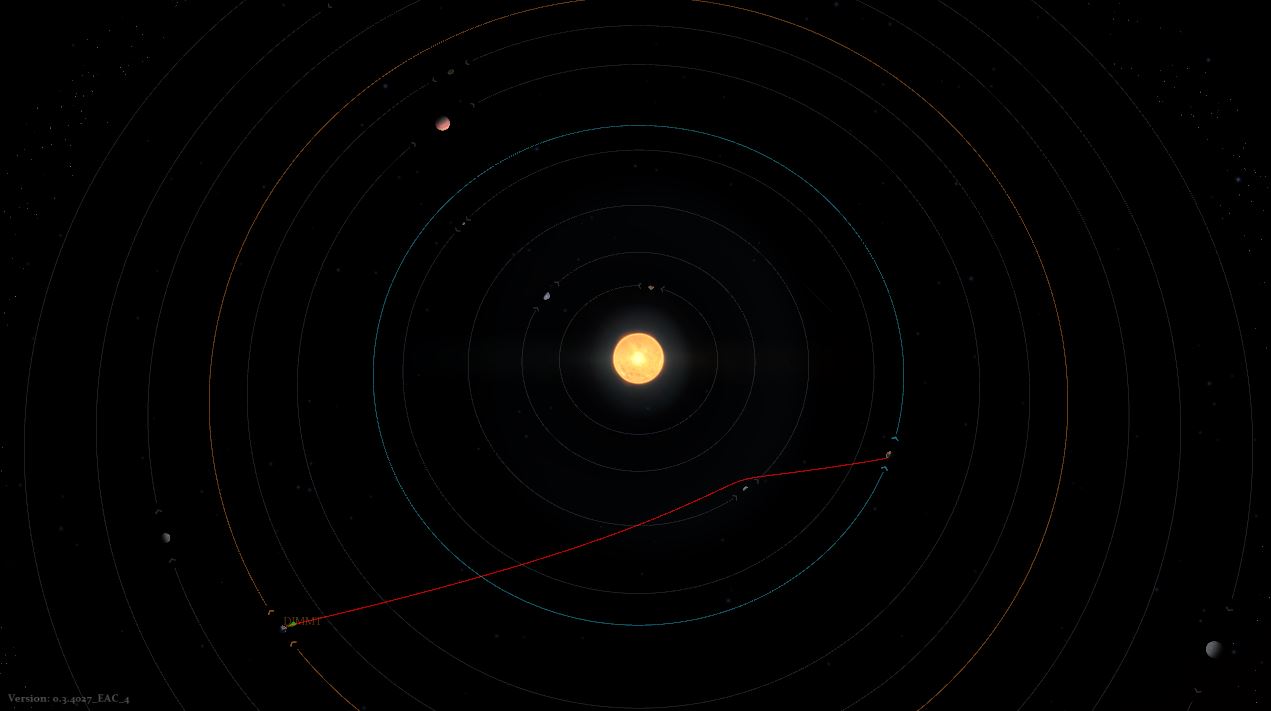
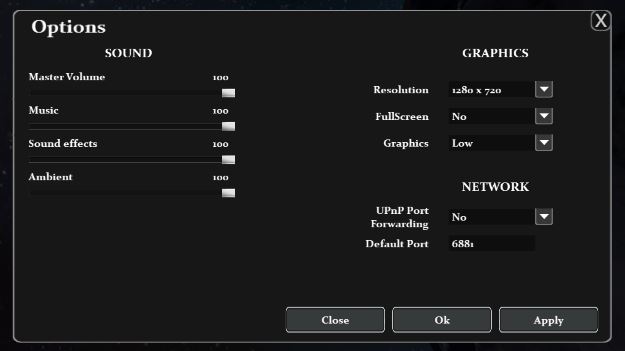
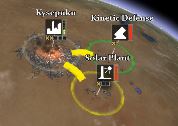
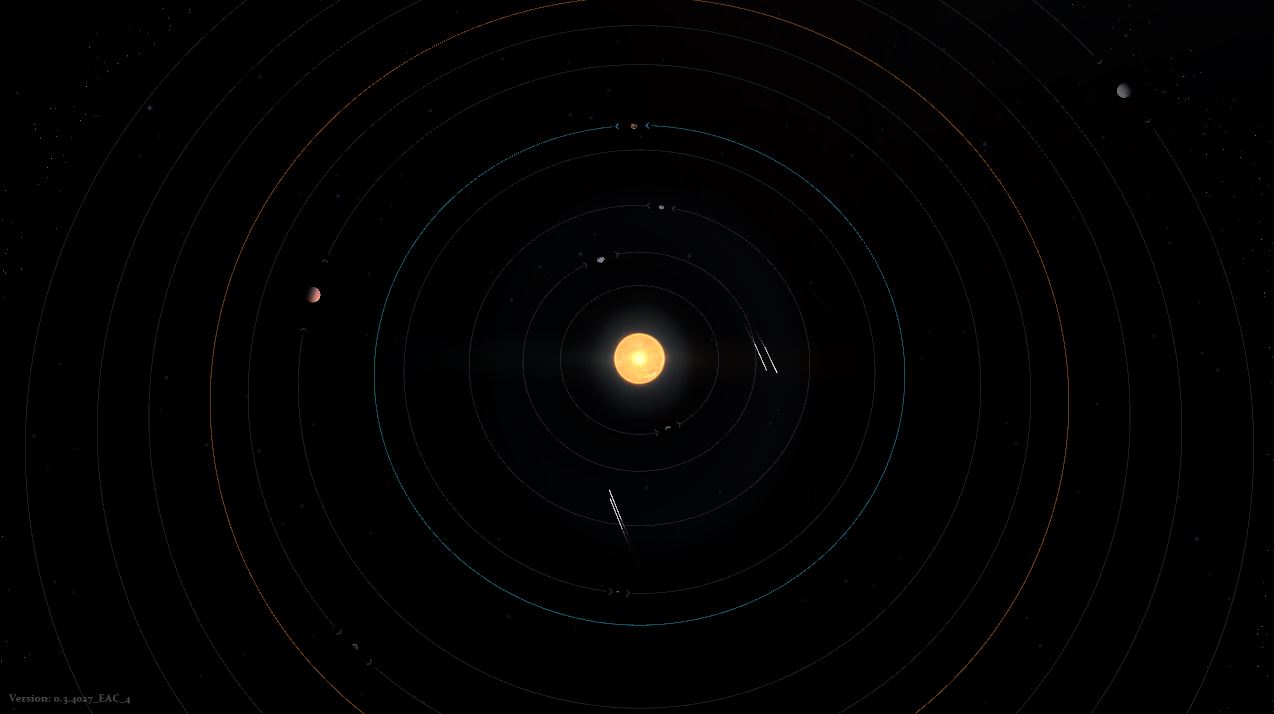
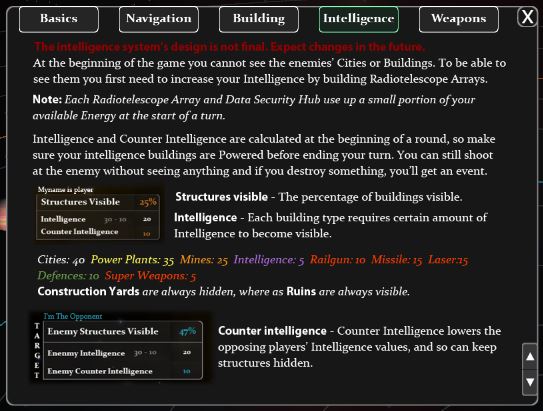
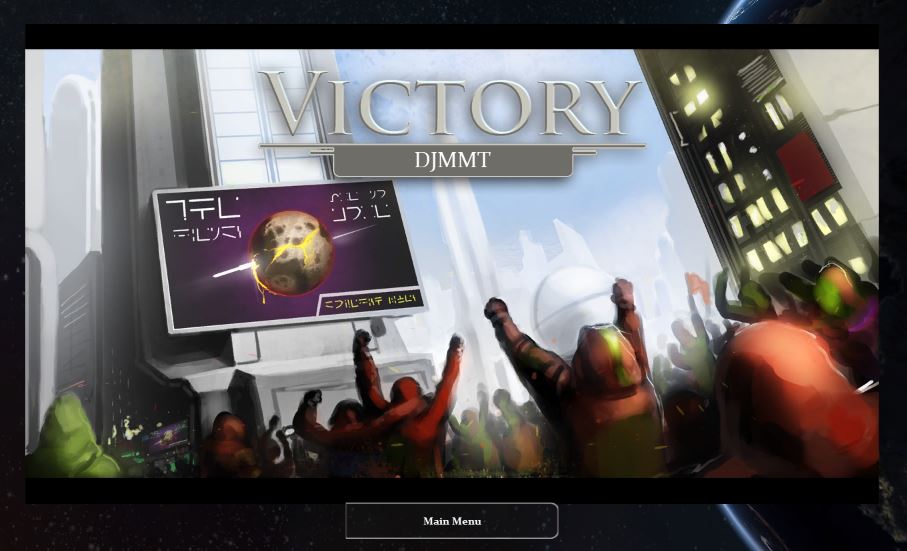
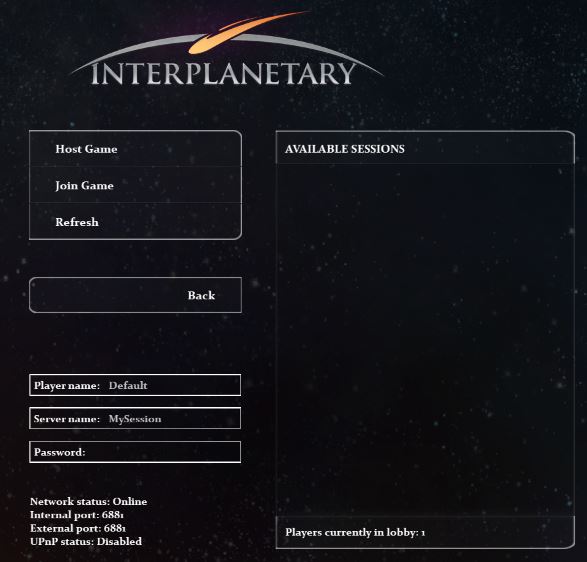
I’ve kept an eye on this as it looks rather interesting. I may just have to give it a go after reading this. :)
It’s really good but games are very long and there wasn’t a save and return system in place last time I played, but the developers told me it’s in the works.